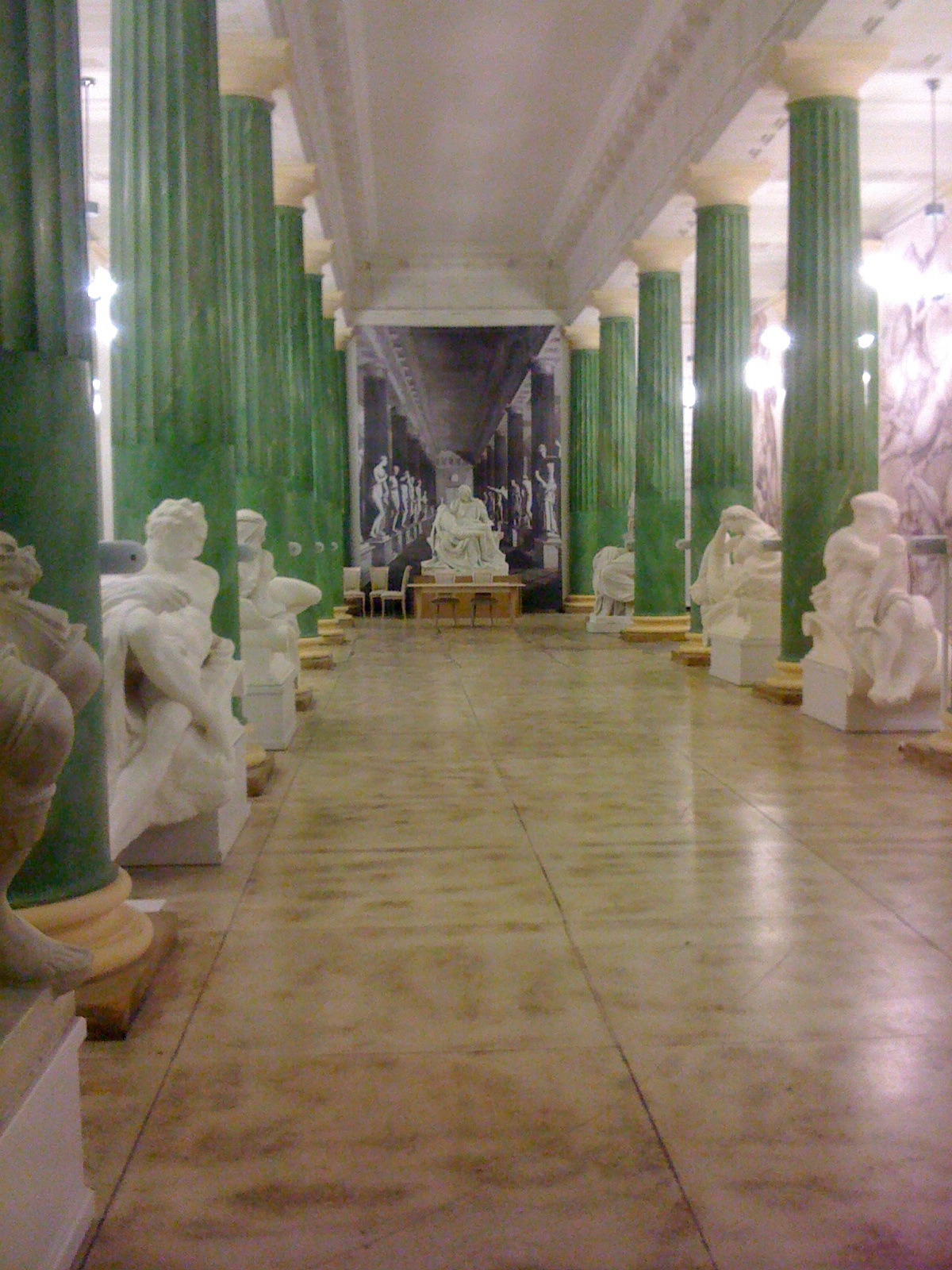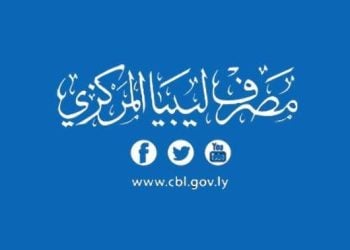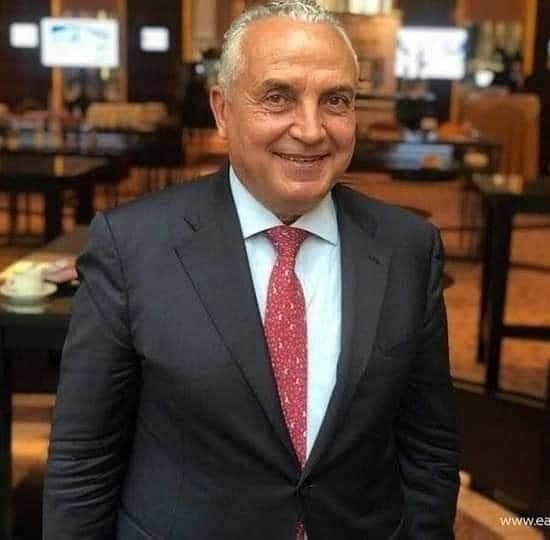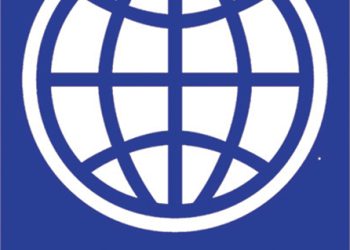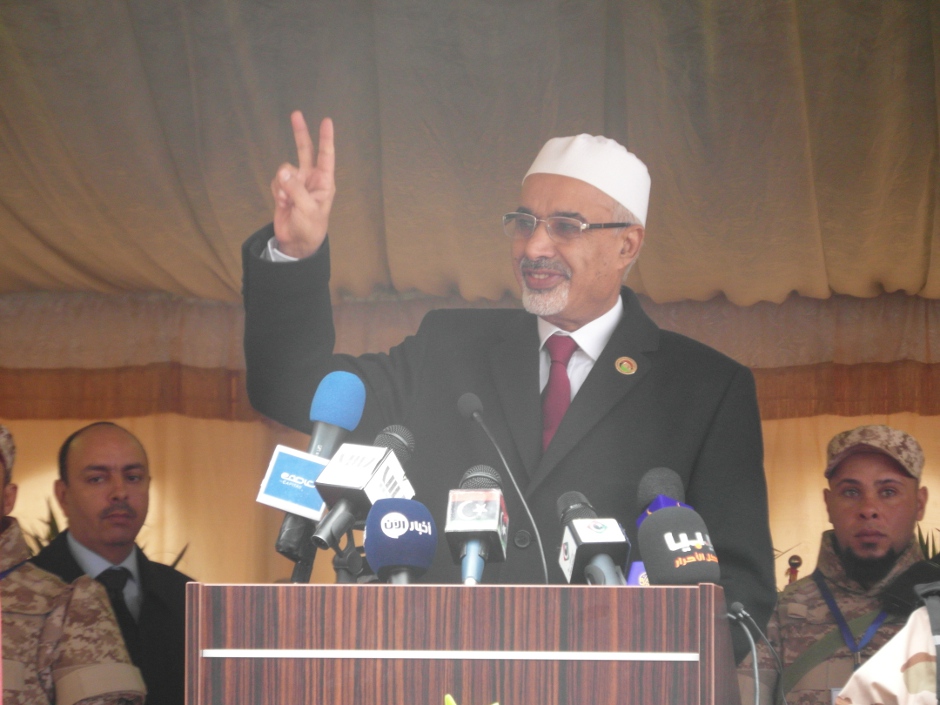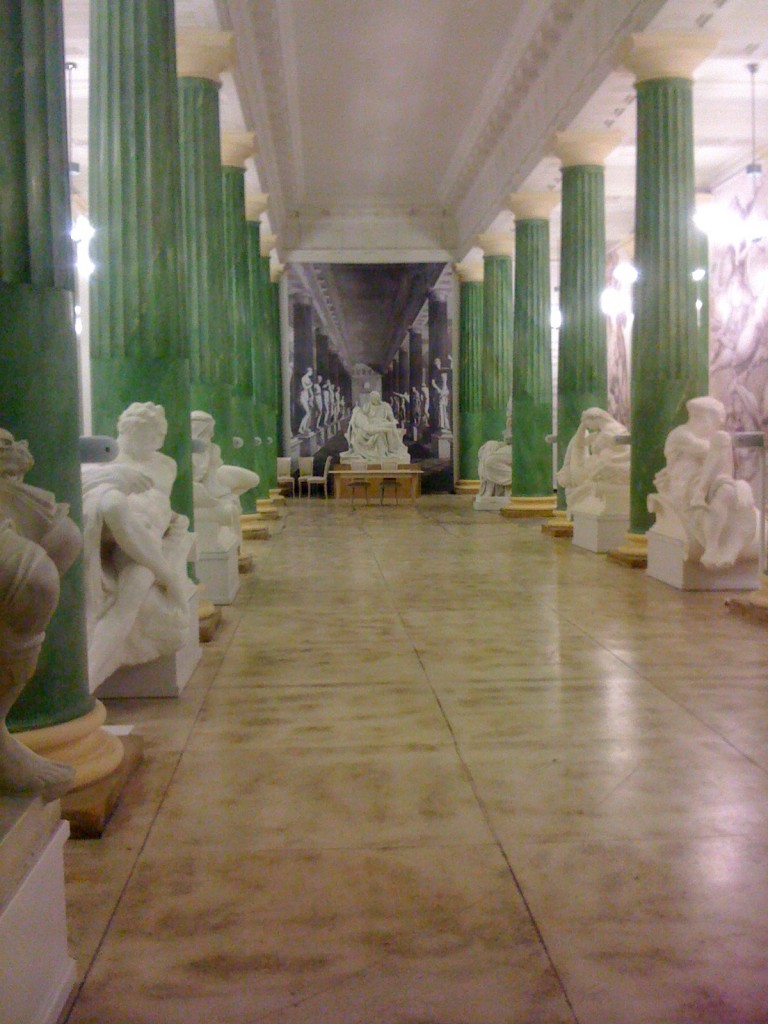
Tripoli, 17 February 2013:
Heritage specialists from Poland are gearing up to bring a range of skills to the Libyan market.
A new Business Promotion Programme for the protection and maintenance of heritage sites, buildings and monuments will include the organisation of exhibitions, economic missions and seminars over the next three years.
“Polish professionals are skilled in the protection and maintenance of cultural heritage,” Sylwia Siwek, the media co-ordinator of the programme, told the Libya Herald. “Poland’s difficult past and the massive damages it sustained during the Second World War meant that workers have developed skills and knowledge in many fields of the industry.”
Starting in June, the programme, which was set up by the Polish Economy Ministry, is geared at enabling Polish experts to export their services and products to new markets. It also promises to create business opportunities and allow professionals to exchange knowledge and skills.
“One of the aims of the programme is to have Polish specialists take care of Libyan monuments, by offering economic solutions and a high quality service,” Siwek said.
Polish archaeologists already have a presence in the country. Teams from one of Poland’s top academic institutions – Warsaw University – have worked on the site of Ptolemais since 2001.
Through extensive topographical studies, they produced the first detailed plan of the city, one of the ancient capitals of Cyrenaica. Siwek said that modern technological developments had increased the team’s ability to make archaeological surveys, using geophysics and computer graphics. The map of Ptolemais, she said, not only filled in previous gaps, but also added a new level of topographical antiquity.
Since 2005, geophysical research, including geo-electrical and magnetic measurements, has been carried out. The work of Polish archeologists at Ptolemais has so far covered an area of some 18 hectares, both inside and outside the city walls.
“Their major achievement,” Siwek said, “was the development of methodologies for measuring and determining the best possible types of geophysical equipment for use with the remnants of architecture.”
Using such modern technology, a Polish team is currently working on a virtual reconstruction of the ancient temple of the pharaoh Totomes III in Egypt. “The Polish technical and conservation abilities are appreciated and respected all over the world,” Siwek said.
Poland’s input in this area could be timely. Last week in Tripoli there was a meeting of top archaeological experts from around the world, to discuss how Libya could preserve its valuable heritage. The focus of the four-day event was on how to record sites and treasures with modern techniques, and how best to protect and preserve the country’s many sites, which range from pre-historic rock-art in the Sahara to ancient Greek and Roman ruins along the coast. [/restrict]
